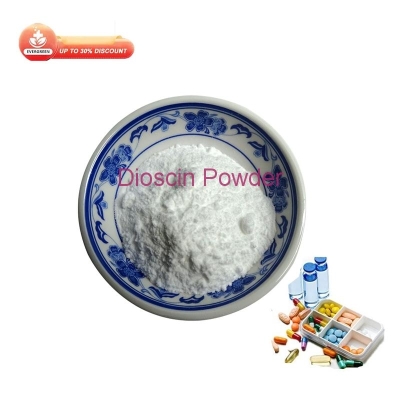-
Categories
-
Pharmaceutical Intermediates
-
Active Pharmaceutical Ingredients
-
Food Additives
- Industrial Coatings
- Agrochemicals
- Dyes and Pigments
- Surfactant
- Flavors and Fragrances
- Chemical Reagents
- Catalyst and Auxiliary
- Natural Products
- Inorganic Chemistry
-
Organic Chemistry
-
Biochemical Engineering
- Analytical Chemistry
- Cosmetic Ingredient
-
Pharmaceutical Intermediates
Promotion
ECHEMI Mall
Wholesale
Weekly Price
Exhibition
News
-
Trade Service
Aclacinomycin A hydrochloride is an antibiotic used to treat a variety of bacterial infections.
It is commonly used to treat infections of the respiratory tract, skin, and soft tissue.
The compound is produced through a fermentation process using a strain of the bacterium Streptomyces sp.
It is then purified and formulated as a hydrochloride salt.
The production of Aclacinomycin A hydrochloride involves several steps, including the fermentation, purification, and formulation of the active ingredient.
The process begins with the selection of a suitable production strain of the bacterium Streptomyces sp.
This strain is then grown in a suitable medium, typically a nutrient broth, under conditions that promote the production of the antibiotic.
The fermentation process involves the cultivation of the bacteria in large quantities, after which the fermentation broth is collected and the antibiotic is extracted.
The extracted antibiotic is then purified to remove any impurities.
This purification process typically involves several steps, including chromatography and filtration.
The purified antibiotic is then formulated as a hydrochloride salt.
This involves the addition of a suitable amount of hydrochloric acid to the purified antibiotic to produce the hydrochloride salt.
The resulting product is then dried and milled to produce a fine powder.
The production of Aclacinomycin A hydrochloride involves several steps, including the fermentation, purification, and formulation of the active ingredient.
The process begins with the selection of a suitable production strain of the bacterium Streptomyces sp.
This strain is then grown in a suitable medium, typically a nutrient broth, under conditions that promote the production of the antibiotic.
The fermentation process involves the cultivation of the bacteria in large quantities, after which the fermentation broth is collected and the antibiotic is extracted.
The extracted antibiotic is then purified to remove any impurities.
This purification process typically involves several steps, including chromatography and filtration.
The purified antibiotic is then formulated as a hydrochloride salt.
This involves the addition of a suitable amount of hydrochloric acid to the purified antibiotic to







